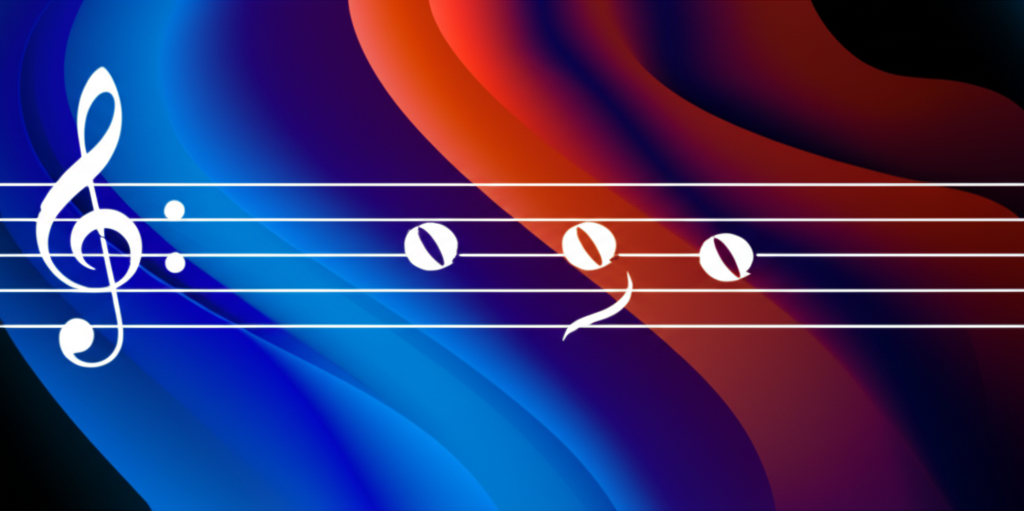
Modal Rock Progression: The Dark Power of i-bVII-bVI

b4n1
June 14, 2025, 7:04 p.m.
Modal Rock Progression: The Dark Power of i-bVII-bVI
Summary:
The i-bVII-bVI progression is a powerful modal rock sequence that creates a dark, mysterious atmosphere through its use of borrowed chords from the natural minor scale. This progression has become a cornerstone of metal, progressive rock, and alternative music, providing a sophisticated alternative to traditional major key progressions.
Keywords:
modal rock, i-bVII-bVI progression, natural minor, borrowed chords, metal music, progressive rock, dark harmony, modal interchange
Introduction:
The i-bVII-bVI progression represents a departure from traditional major key harmony, embracing the darker sonorities of the natural minor scale to create music that is both powerful and atmospheric. This progression emerged prominently in the 1970s with the rise of heavy metal and progressive rock, offering musicians a way to create music that felt both ancient and modern, mysterious and direct.
Modal Foundation:
This progression is built on the natural minor scale, also known as the Aeolian mode. The use of the flatted seventh (bVII) and flatted sixth (bVI) chords creates a distinctly modal sound that avoids the strong resolution tendencies of traditional major key harmony. Instead of moving toward a major tonic, this progression establishes a minor tonic as the stable center.
Basic i-bVII-bVI in A Minor:
The fundamental progression using natural minor harmonies:
Notación musical:
Harmonic Analysis:
In the key of A minor, this progression uses Am (i), G major (bVII), and F major (bVI). The movement from i to bVII creates a descending motion that feels both natural and powerful, while the bVI chord adds a sense of breadth and openness before returning to the minor tonic. This creates a cycle that can repeat indefinitely without feeling repetitive.
Scale Relationships:
- i chord (Am): Root of natural minor scale
- bVII chord (G): Seventh degree, lowered from major scale
- bVI chord (F): Sixth degree, lowered from major scale
Famous Examples:
This progression has been used extensively across rock subgenres, from classic metal to modern alternative rock. Its versatility allows it to work in various contexts while maintaining its characteristic dark, powerful sound.
Notable Songs Using i-bVII-bVI:
- "All Along the Watchtower" - Bob Dylan (popularized by Jimi Hendrix)
- "Stairway to Heaven" - Led Zeppelin (verses)
- "Still Got the Blues" - Gary Moore
- "Hotel California" - Eagles (verses)
- "Californication" - Red Hot Chili Peppers
Rhythmic Variations:
Different Rhythmic Approaches:
The progression works across various rhythmic feels:
Notación musical:
Guitar Techniques and Voicings:
In rock music, this progression is typically played using power chords, barre chords, or open voicings that emphasize the modal character. The use of effects like distortion, reverb, and delay can enhance the atmospheric quality of the progression, making it even more powerful and mysterious.
Common Guitar Approaches:
- Power Chords: Emphasizing root and fifth for heavy sound
- Barre Chords: Full chord voicings for richer harmony
- Open Voicings: Using open strings for resonance
- Fingerpicking: Creating atmospheric, arpeggiated textures
Extended Variations:
Adding Complexity:
Extended versions of the basic progression:
Notación musical:
Cultural and Historical Context:
The i-bVII-bVI progression gained prominence during the folk revival of the 1960s and was subsequently adopted by rock musicians who appreciated its non-traditional harmonic character. The progression's modal nature connected it to ancient musical traditions while its power and simplicity made it perfect for amplified rock music.
Emotional Character:
This progression creates a sense of journey and movement without the resolution tension of traditional major key harmony. The descending motion from i to bVII to bVI suggests a sense of settling or grounding, while the eventual return to i provides closure without the triumphant quality of a major resolution.
Compositional Applications:
The i-bVII-bVI progression works particularly well for verses, bridges, or instrumental sections where a sense of mystery or introspection is desired. Its cyclical nature makes it ideal for extended jams or atmospheric sections, while its inherent strength makes it suitable for powerful, anthemic moments.
Songwriting Tips:
- Verse Foundation: Creates mysterious, introspective verses
- Instrumental Sections: Perfect for guitar solos and jams
- Bridge Material: Provides contrast to major key sections
- Outro Material: Creates powerful, cyclical endings
Scale Choices for Improvisation:
Melodic Approaches:
Scale choices that work well over this progression:
Production Considerations:
When recording music using the i-bVII-bVI progression, producers often emphasize its atmospheric qualities through the use of reverb, delay, and spatial effects. The progression benefits from arrangements that highlight its modal character while maintaining the power and drive that makes it effective in rock contexts.
Fun Facts:
The i-bVII-bVI progression is sometimes called the "Aeolian cadence" because of its roots in the Aeolian mode. Bob Dylan's use of this progression in "All Along the Watchtower" helped popularize it in rock music, though it was Jimi Hendrix's electric interpretation that truly demonstrated its power in a rock context. The progression appears in classical music as well, particularly in pieces that explore modal harmony.
Modern Applications:
Contemporary Usage:
- Alternative Rock: Creating atmospheric, introspective sections
- Progressive Metal: Building complex harmonic structures
- Indie Rock: Adding sophistication to simple arrangements
- Post-Rock: Creating expansive, cinematic soundscapes
Conclusions:
The i-bVII-bVI progression stands as one of the most effective modal progressions in rock music, offering musicians a powerful tool for creating music that is both accessible and sophisticated. Its ability to evoke mystery, power, and emotional depth while remaining relatively simple to play has made it a favorite across multiple generations of rock musicians. Understanding this progression is essential for anyone seeking to explore the darker, more atmospheric side of rock harmony, and its continued use in contemporary music demonstrates its enduring appeal and versatility.
References:
Dylan, Bob. (1967). All Along the Watchtower. Columbia Records.
Led Zeppelin. (1971). Stairway to Heaven. Atlantic Records.
Moore, Allan F. (2001). Rock: The Primary Text. Ashgate Publishing.
Stephenson, Ken. (2002). What to Listen for in Rock. Yale University Press.

